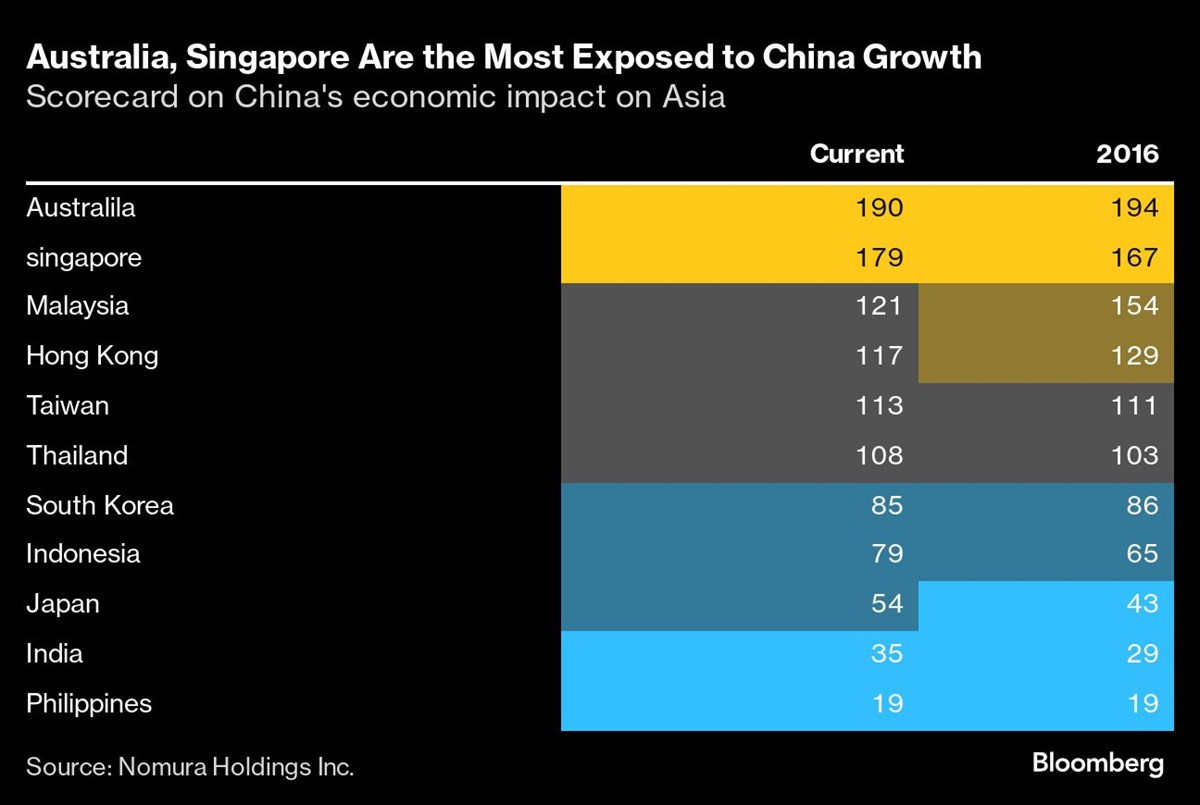
(Oct 11): China’s spillovers to Asian nations have weakened over the past few years and how Beijing deploys an expected fiscal boost will be critical to whether their exports to the world’s No. 2 economy revive, analysis by Nomura Holdings Inc shows.
The research found Asian economies’ shipments to China are least sensitive to Beijing’s infrastructure investments and much more highly geared to property construction and retail consumption, according to a note released on Friday.
Investors and analysts are expecting Beijing to deploy as much as two trillion yuan (US$283 billion, or RM1.21 trillion) in fresh fiscal stimulus over the weekend. China has already cut interest rates and ramped up support for property and stock markets, in a barrage of steps announced late last month. But investors have clamoured for fiscal interventions that economists believe are key to lifting confidence.
“If Beijing announces faster construction of infrastructure projects (eg, railways, power grid), then Asia may benefit less,” the Nomura economists wrote. “But if fiscal stimulus is announced for property (direct funding for pre-sold and delayed residential projects) and this propels property investment higher, it could broaden Asia’s exports recovery and lift commodity prices.”
The research showed that Australia tops the list of Asian economies most exposed to China’s growth, followed by Singapore, due to the city-state’s strong linkages via commodity and trade channels. The Philippines and India are the least exposed within Asia, Nomura said.
“Australia and Thailand have become even more coupled to China cycles,” the economists said — a surprising outcome for the former (Australia), given Beijing took punitive trade actions against Australia and only recently unwound them.
“Taiwan and South Korea have decoupled somewhat,” Nomura said. “This is also true of the shares of tourist arrivals from China, which have fallen across Asia, except Hong Kong.”
Uploaded by Liza Shireen Koshy

